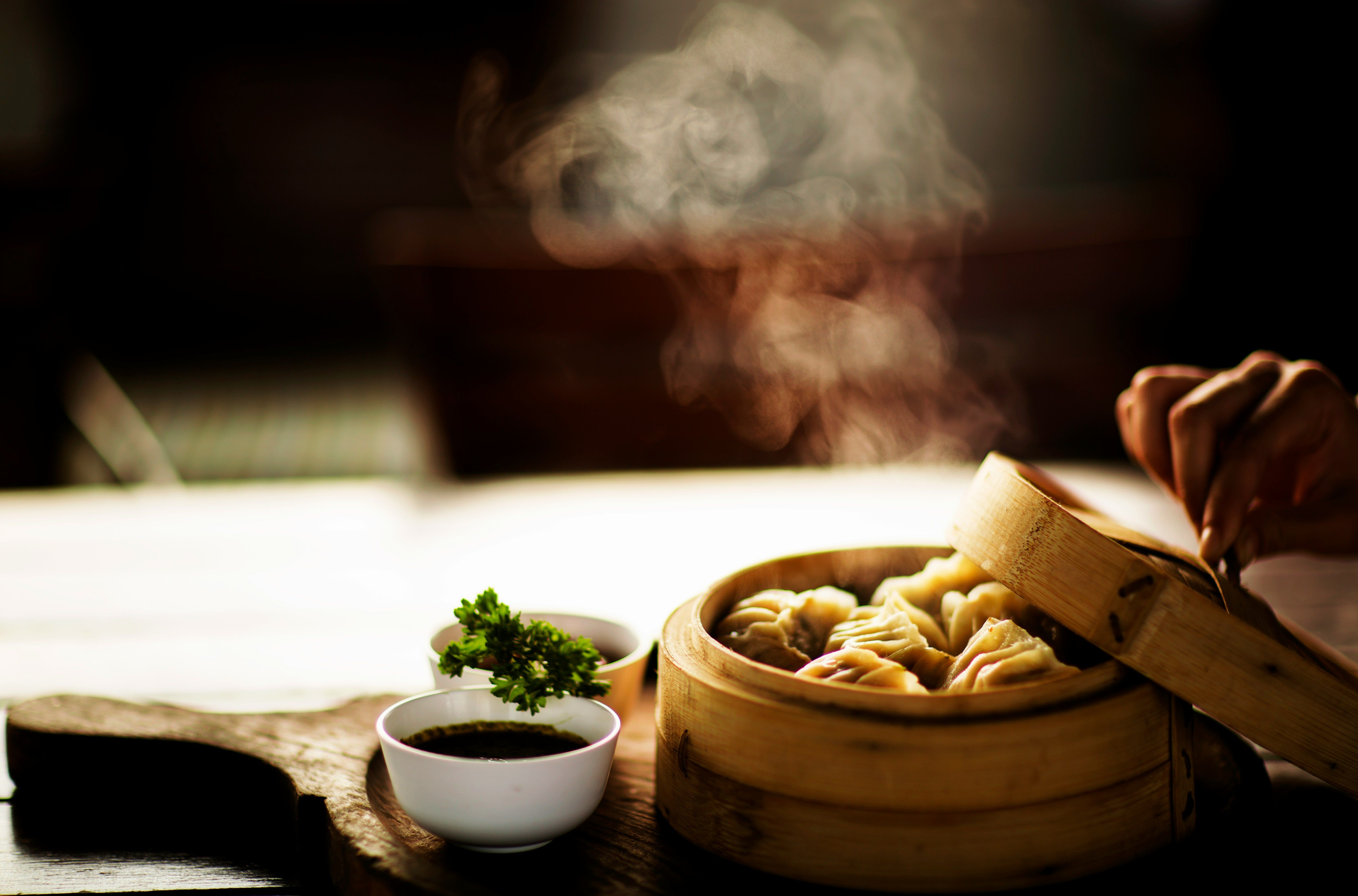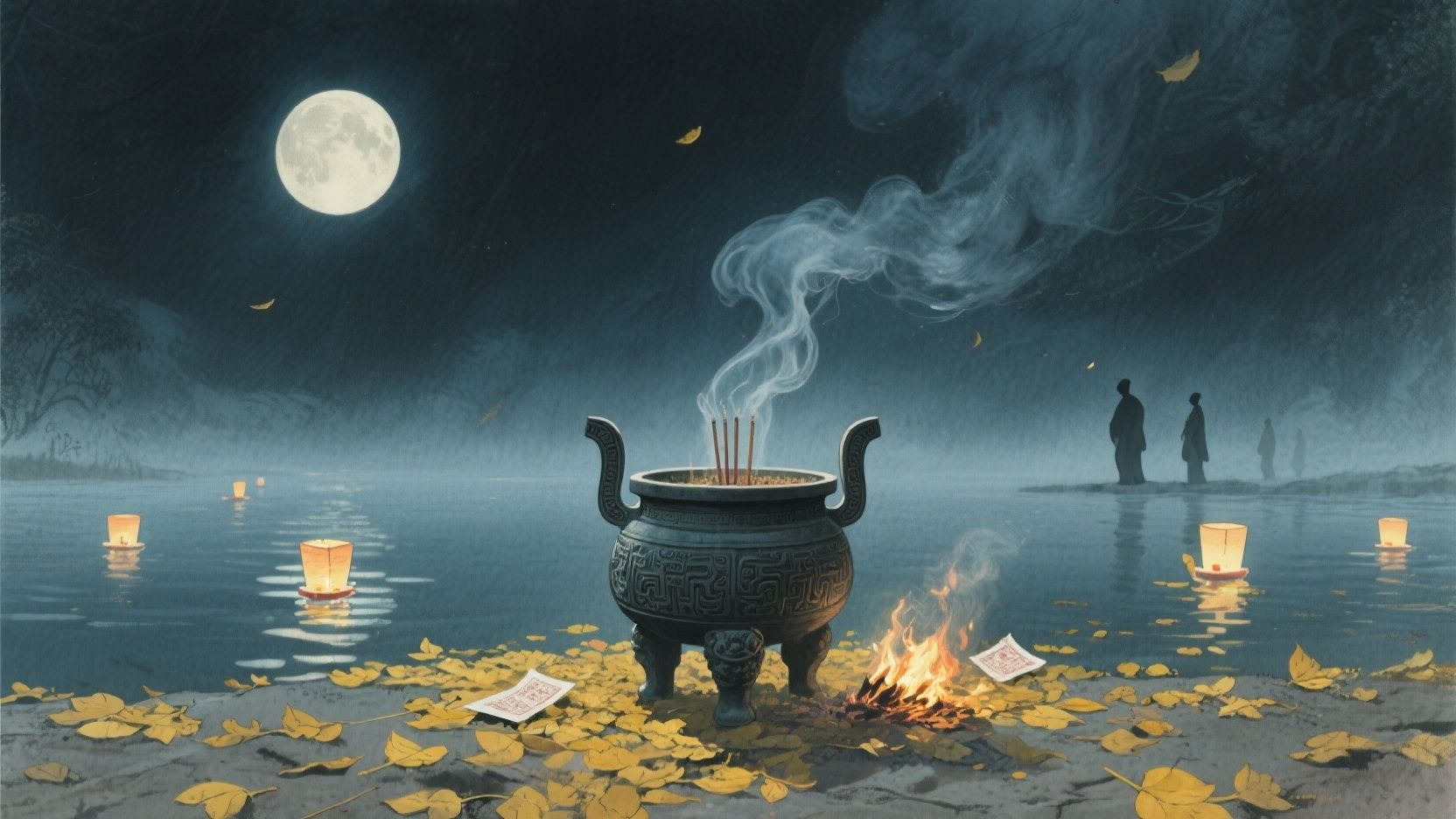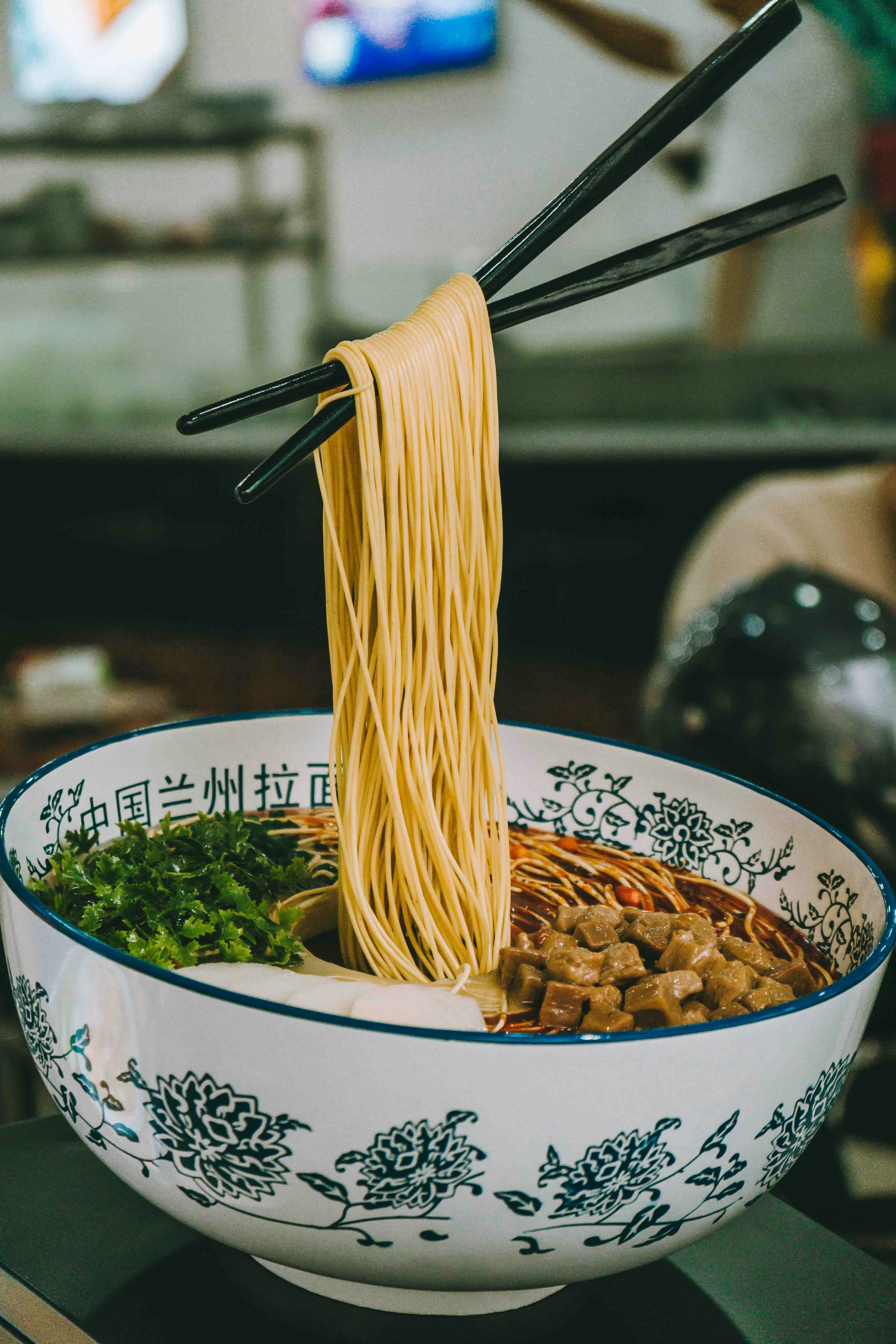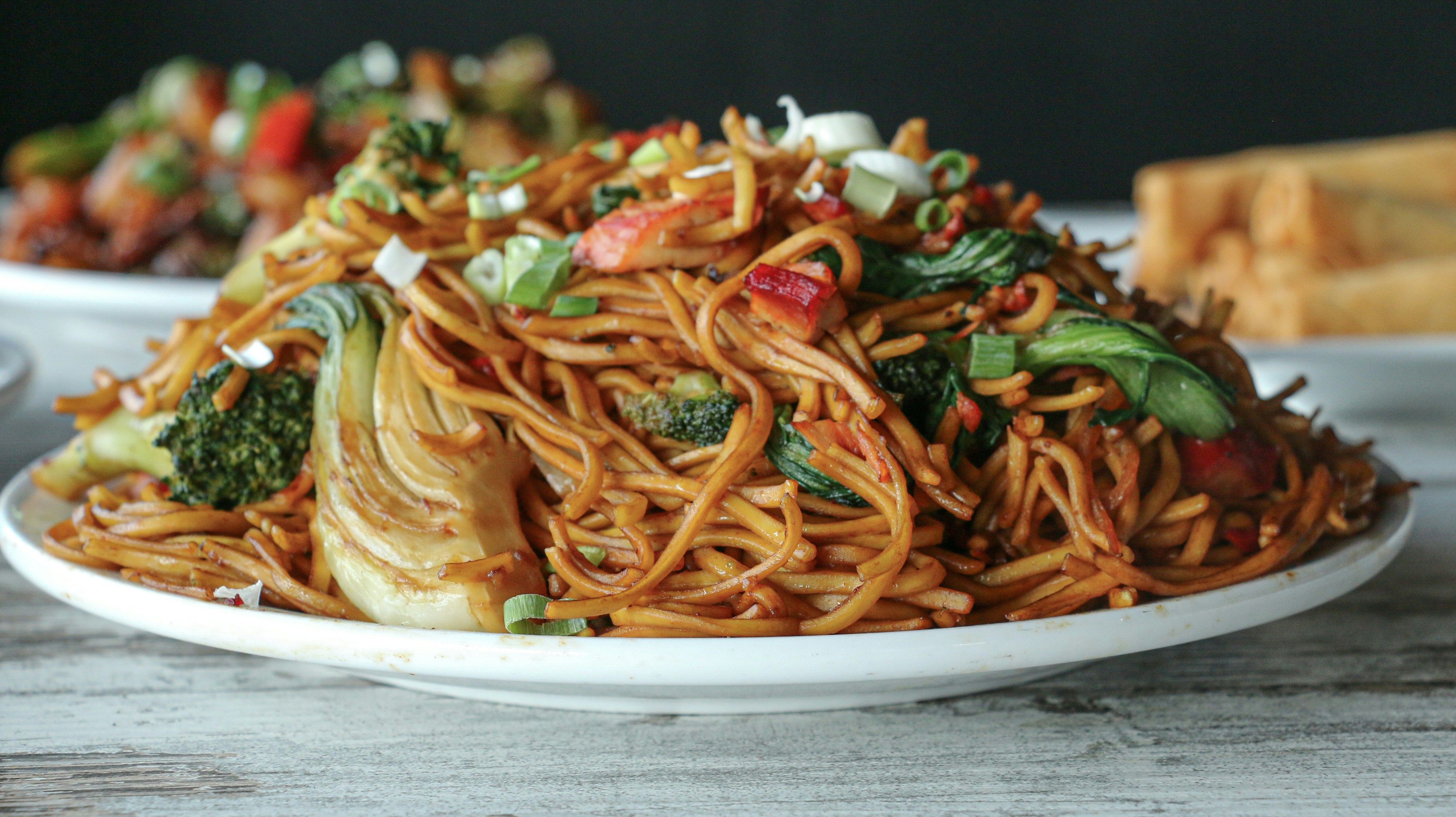Dear foreign food adventurers, have you ever stared at a dazzling menu filled with "General Tso’s Chicken" or "Sweet and Sour Pork," only to feel a tinge of confusion after the first bite—is this really the legendary authentic Chinese flavor? That magical blend of subtle spices, complex layers, and unique textures? Fear not! Today, we’ll become your taste bud detectives and crack the code of "authentic" Chinese cuisine together. Get ready to order confidently and savor wisely!
Step 1: Detective Eyes—Start with the Menu
Beware the "Special For" Trap: Bright labels like "Oriental Special" or "For Foreigners"? That’s often a sign the dish has been tweaked heavily for local tastes. Truly authentic menus tend to be humble and straightforward.
Chinese Names Hold Clues: Look for dishes that keep their original Chinese names (especially with pinyin). For example, "麻婆豆腐" (Má pó dòu fu / Mapo Tofu) or "回锅肉" (Huí guō ròu / Twice-Cooked Pork). They’re usually closer to the real deal than vague names like "Spicy Beef" or "Crispy Chicken."
Regional Focus = Treasure: Does the restaurant specialize in a specific regional Chinese cuisine? Sichuan (málà – numbing-spicy), Cantonese (dim sum, roasted meats), Hunan (sour-spicy), or Northeastern (stews)? Depth often signals authenticity. If a small shop nails "锅包肉" (Guō bāo ròu / Crispy Sweet & Sour Pork) or "肠粉" (Cháng fěn / Rice Noodle Rolls), bonus points!
"Mystery" Dishes = Surprises: Are there dishes whose names completely puzzle you? Like "蚂蚁上树" (Mǎyǐ shàng shù / Ants Climbing a Tree – minced pork & vermicelli), "夫妻肺片" (Fūqī fèipiàn / Husband and Wife Lung Slices – sliced beef and ox tripe in chili sauce), or "狮子头" (Shīzi tóu / Lion's Head Meatballs)? Be brave! These oddly named dishes often hide the most authentic, fascinating Chinese flavors.
Step 2: Taste Bud Recon—Decoding the Essentials
The Dance of Flavors: Authentic Chinese food is never just "sweet" or "salty." Look for complex harmony:
鲜 (Xiān / Umami): The soul of Chinese cuisine! That deep, savory satisfaction from broths, soy sauce, mushrooms, seafood, etc.
Layering: Can you taste subtle balances of salty, umami, sweet, sour, or even a hint of bitter? Classic dishes like "鱼香" (Yúxiāng / Fish-Fragrant) perfectly blend salty, sweet, sour, and spicy.
Spice Magic: Sichuan peppercorns bring an electric "má" (numbing tingle), star anise, cinnamon, and cloves offer warm aromatics, fermented bean paste (dòubànjiàng) contributes deep savory heat. They enhance flavor, not just create "burn."
Ingredient Integrity: Are vegetables bright and crisp? Is meat tender or has the right chew (like tendon or tripe)? Excessive batter, deep-frying, or drowning in thick sauce can sometimes mask low-quality or poorly handled ingredients.
The Texture Symphony: Chinese cuisine highly values texture ("Kǒu gǎn"). Enjoy the interplay of silky tofu, crunchy veggies, chewy rice cakes, and springy noodles. More than two distinct textures in one dish? A good sign!
"锅气" (Wok Hei / Breath of the Wok): The soul of great stir-fries! That elusive, smoky char imparted by searing heat. If stir-fries taste steamed or boiled, lacking that alluring wok aroma, they might be missing the mark.
Step 3: Atmosphere—The Hidden Clues
"Local Crowd" Concentration: A simple but often effective gauge: Observe customers during off-peak hours (e.g., mid-afternoon). If you see many Chinese faces or families speaking Mandarin/Cantonese, especially enjoying dim sum, noodles, or rice dishes (everyday fare), that's usually a strong endorsement of authenticity.
The "Exotic" Trap: Red lanterns, dragon motifs, "福" (fú / fortune) characters plastered everywhere? Overly themed "Chinese" décor can sometimes signal a focus on the foreign tourist experience over genuine flavors.
Important Reminder: What Does "Authentic" Even Mean?
Not One-Size-Fits-All: China is vast, with countless regional cuisines. A single dish can be prepared very differently in Sichuan, Shanghai, or Guangdong. "Authenticity" is better judged by whether the chef truly understands and respects the specific flavor logic and techniques of a particular regional style, not rigid adherence to one version.
"Fusion" Isn't a Sin: Some creative fusion dishes are delicious! The key is honesty: are they clearly presented as creative takes? The problem arises when "American Chinese" dishes (like General Tso's) are marketed as "Authentic Sichuan."
Your Taste Buds Rule: Most importantly, enjoy your meal! Even the most "authentic" dishes (like certain fermented ingredients or offal) might challenge your palate. Be adventurous, but honor your preferences.
Go Forth, Culinary Explorer!
Now armed with your new knowledge, boldly step into that little Chinese restaurant you've passed a hundred times! Order a dish whose Chinese name you can't decipher. Savor the layers of salty, umami, fragrant, and spicy. Feel the textures—crisp, tender, springy, smooth. Notice what's bubbling in the clay pots at the next table. Maybe even ask the server: "What's the chef's best home-style dish today?"
Every taste bud adventure is a tiny window into real Chinese culture. Even if you encounter the "inauthentic," see it as a fascinating flavor conversation. After all, the greatest treasure on the quest for "realness" is that unexpectedly satisfying, utterly delicious meal you discover along the way.
What Chinese dish, in your experience, best captures authentic complexity? Share your stories and questions below! What will you try on your next food hunt? Happy tasting! 🥢✨



